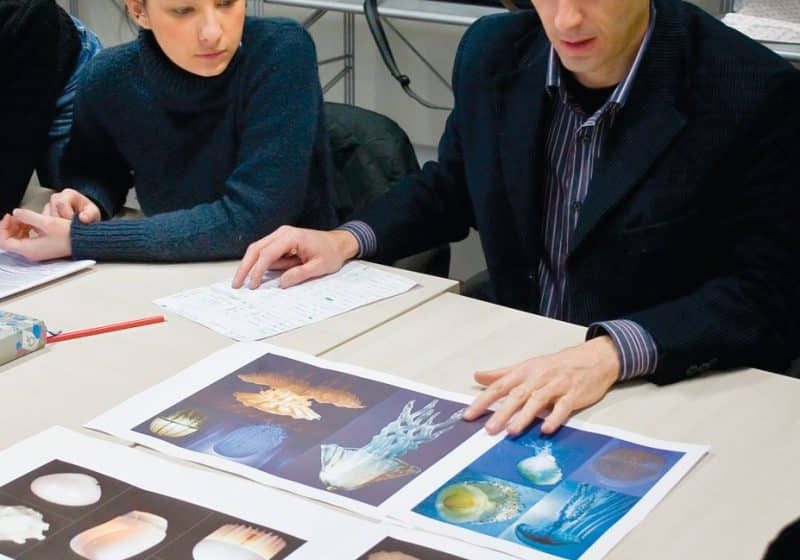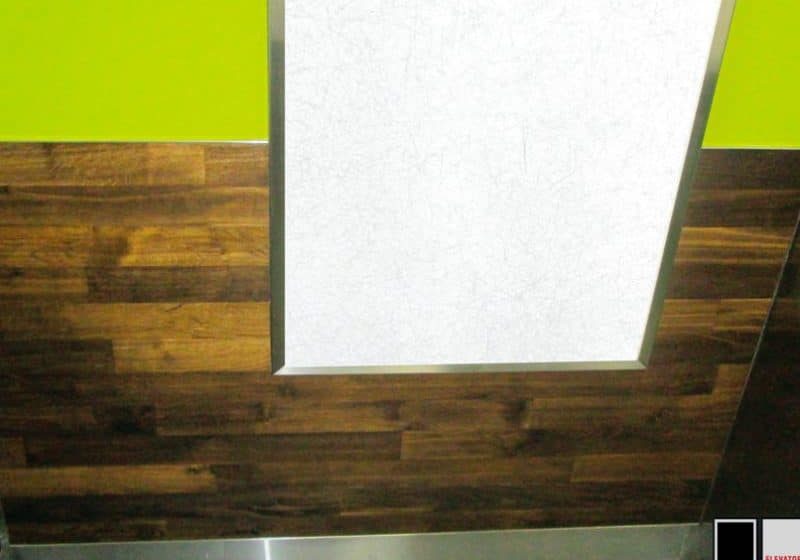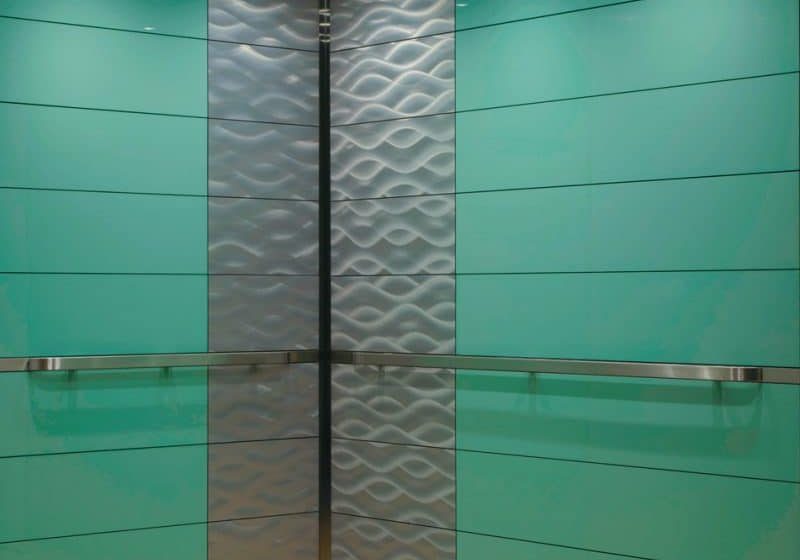In the elevator industry, beauty is much more than cladding deep. As we focus on cab aesthetics and design this month, we find our industry’s art in constant motion. Our Second Annual Photo Contest featured this month shows that, while cabs may be the beauty queen of the installation, splendor can be found in all our equipment, from the smallest pieces to the giants. Escalators soar across lobbies, inclines create drama, and skylines dazzle. ELEVATOR WORLD extends its thanks to the 4,500 voters who know art when they see it.
We are celebrating a renaissance in the industry of architects and elevator designers making beautiful “rides.” This was not always the case. Lifting equipment in the early 19th century was viewed purely for its utility, and, for the most part, it was a dirty business, with heavy machinery lifting product and freight. Passengers, along with their safety, comfort and feelings about the journey were not a consideration.
Then, the industrial revolution created a new social class, the rulers of business, who wanted the luxuries enjoyed by upper-class society. The posh hotels of the Riviera became the birthplace of luxury elevators, with Stigler in Italy, followed by Flohr in Germany and Waygood in England. In the U.S., Otis, in Yonkers, New York, soon joined the others in designing luxurious elevators for palaces, grand hotels and public buildings. Still, the car was a box in a hoistway, and architects wanting to make a statement with their elevators were limited to the lobby fronts and cab interiors. In the 1950s and 1960s, cabs began to come “out of the hoistway.” They were still boxes, but they were clad in glass, wood and lights.
The biggest coming-out party was in the lobby of the Atlanta Hyatt Regency when architect John Portman created a soaring lobby with torpedo-shaped elevators cantilevered and clustered about a pylon (EW, November 1967 and May 2014). The idea of atrium elevators as a statement was solidified, and even the unexposed elevators could be dressed up to give the building importance, beauty or gravitas.
Seldom have we had such a rich and varied response to a focus topic. Everyone involved in the design of cabs has something new to add to the conversation:
- In “The Evolution of Elevator Cab Design,” Grace Y. Greco of Columbia Elevator Products says that in the U.S. elevator cabs “are an art form — an extension of the building’s architectural statement.”
- In “Touch of Glass,” a unique product, Gorilla® Glass, made by Corning®, is used in SnapCab’s modular cab components. SnapCab Senior Interior Specialist Evan Epstein says, “It’s really about ‘future proofing’ the elevators.”
- “Magical Thinking” explores the viewpoint of architect/designer Paolo Tempia Bonda, who has worked with Schindler for many years. He says, “A lift isn’t just the technological/technical component of a building. It is an architectural and sensorial space, a place of relationships and socialization. . . .”
- Eklund’s, Inc. and ThyssenKrupp Elevator partnered to do an Art Deco modernization of cabs in a building built in 1948. The elevator in Midland Tower, a 10-story office building in Midland, Texas, displays true art as part of its walls and lobby.
- “Enhancing Cab Aesthetics with Multimedia Displays” moves the conversation into a whole new arena, with ultra-wide display screens that deliver such content as weather and breaking news, while communicating position. Building owners have a new revenue-stream opportunity in advertising, and the content can be driven by the building population type.
- In “Redefining the Limits of Cab Lighting,” EDI/ECI Vice President of Marketing/Business Development Chris Taukus relays how the company worked with Denihan Hospitality Group to develop Aurora, illuminated elevator wall and ceiling panels with a range of special effects, tailored to the style of Denihan’s Affinia© hotels.
- “Opening Up New Worlds” features the DigiGage “virtual window” as it is being used by SJEC Corp. in its test tower. The software reacts to cab movement, and, on a 75-in. screen, creates the sensation of looking out of a window.
- In “MPCARevolution,” MP Lifts launches a new range of customizable cabs to suit any market on five continents.
- Finally, we present a Special Advertisement Section, in which cabs and interior products and suppliers are explored in detail. This section was sponsored by MAD Elevator Fixtures, Forms and Surfaces and KLEEMANN.
All this beauty is a feast for the senses, and that is a good thing. Just a small word of caution: hopefully, we are not working against elevator systems’ engineers, who strive for faster service and more responsive traffic, by creating cabs that are just so attractive and interesting passengers want to linger too long.
Get more of Elevator World. Sign up for our free e-newsletter.









